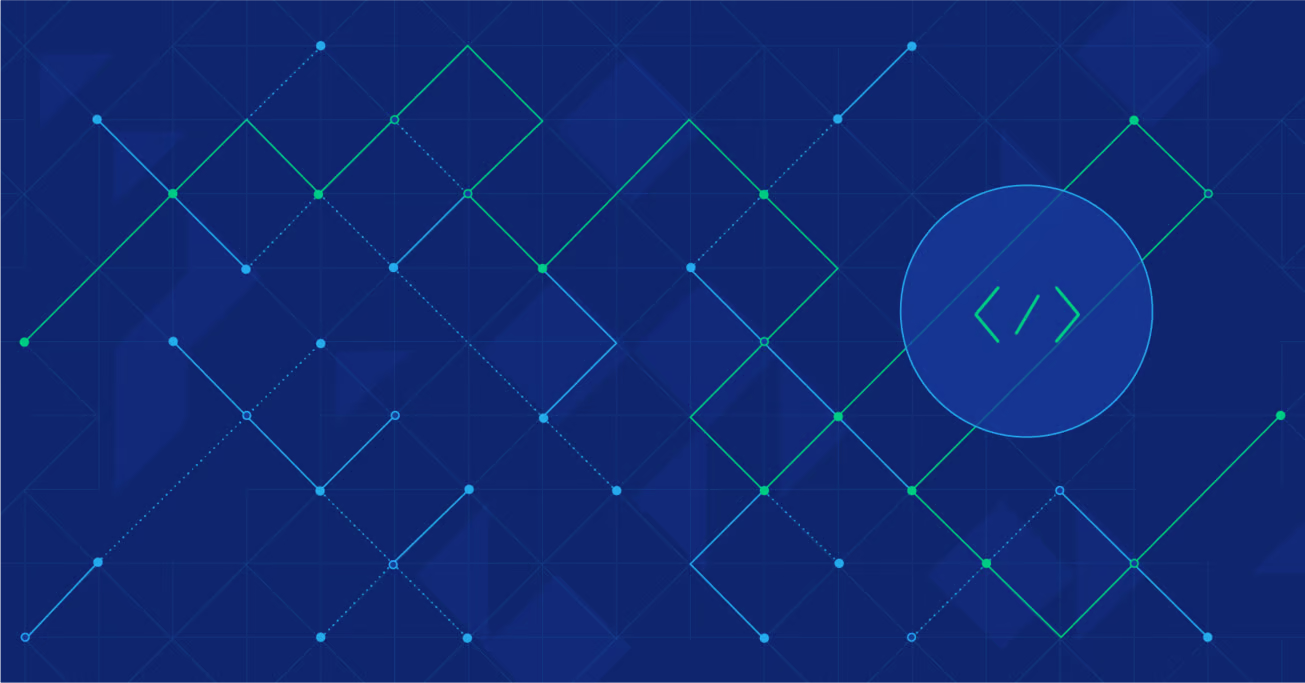Becoming a full stack Java developer typically takes 6-7 months with a structured course and a consistent weekly commitment of 5-10 hours. However, the timeline varies based on your experience and dedication:
- Beginners: 7+ months (starting from scratch, mastering Java fundamentals first).
- Intermediate learners: 6 months (if you have some programming background).
- Advanced learners: 3-5 months (for experienced developers focusing on advanced modules).
Factors like course intensity, prior knowledge, and weekly study time play a big role in determining how fast you can finish. Beginners may need up to 18 months if learning at a slower pace, while intensive learners dedicating 30-40 hours weekly can complete it in just 3 months.
Quick Overview:
- Weekly Time Commitment: 5-40 hours.
- Course Duration: 3 months to 18 months.
- Key Skills Covered: Core Java, Spring Boot, databases, front-end (HTML, CSS, JavaScript).
- Learning Tip: Focus on hands-on projects and structured learning paths for faster progress.
This guide breaks down timelines, strategies, and how to choose the right course to meet your goals.
Fastest Java Full Stack Roadmap (2024) with Spring Boot, React and AWS

Factors Affecting Course Completion Time
How long it takes to finish a course can vary based on a few key factors. Knowing these can help you set achievable goals and plan your learning journey.
Course Intensity and Depth
The number of topics and their complexity play a big role in determining how long a course will take. Here’s a quick overview:
| Course Level | Topics Covered | Typical Duration |
|---|---|---|
| Basic | Core Java, syntax, data types, OOP concepts | 2-3 months |
| Intermediate | Java APIs, frameworks, basic web development | 3-4 months |
| Advanced | Design patterns, advanced frameworks, full stack work | 4-6+ months |
Learner Dedication and Weekly Time
How much time you spend each week matters. For instance:
- 5-10 hours per week: You could finish courses like Simplilearn‘s in about 7 months.
- 2-4 hours per week: Expect a much longer timeline, as slower progress adds up over time.
The more consistently you study, the faster you’ll finish.
Effect of Prior Experience and Knowledge
Your background in programming makes a big difference. For example, Programiz PRO [5] notes:
- Experienced programmers can focus on Java-specific skills and finish in about 5 months.
- Beginners, who need to learn foundational programming concepts first, may take up to 26 months.
If you’ve already worked with programming languages, you’ll likely move through the material more quickly. Beginners, on the other hand, will need extra time to build a solid foundation.
Completion Timelines by Experience Level
Now that we’ve looked at the factors that affect course duration, let’s break down timelines based on experience levels. Knowing these timelines can help you set practical goals and adjust your learning strategy.
Beginners: Starting from Scratch
For beginners, building a solid programming foundation takes time. Dedicating 2-4 hours daily, it may take up to 18 months to achieve full stack proficiency. This includes about 8 months focused on mastering Core Java fundamentals. Many courses are designed with structured timelines to guide newcomers step by step through the learning process.
Intermediate Learners: Building on Skills
If you already have some programming knowledge, you can cover Core Java in 5-6 months and move through full stack components in another 14 months. Programs like Coursera‘s Java FullStack Developer Specialization offer faster paths, allowing learners to finish in 1-3 months with a commitment of about 5 hours per week [2].
Advanced Learners: Specialized Skills
For experienced developers, the focus is often on specific full stack modules to sharpen skills. These targeted modules can typically be completed in 4-6 months. This approach skips over familiar material while diving deep into advanced topics [5].
"While it is possible to learn Java in 3 months through intensive bootcamps or interactive courses, completing a full stack Java developer course within this timeframe is challenging and typically requires prior programming experience and a significant weekly time commitment" [5][2].
No matter your experience level, adopting smart learning strategies can make a big difference in how quickly you progress. We’ll dive into those strategies next.
sbb-itb-f454395
Strategies for Efficient Learning
Understanding typical timelines is just the start. Let’s dive into some practical strategies to make your learning journey more efficient and potentially shorten the process without cutting corners.
Choosing the Right Course
The course you choose plays a big role in how effectively you learn. While many traditional platforms stick to fixed schedules, KodNest takes a different approach. Their AI-driven model includes hackathons and hands-on projects, helping you learn faster by focusing on practical, job-ready skills.
Incorporating Practical Projects
Practical projects are a game-changer. For instance, NareshIT includes real-world projects in its 6-month program, helping students grasp concepts and retain knowledge better [3].
"Projects help learners apply concepts, making learning faster and more effective" [1].
To get the most out of your learning, try adding:
- Phase-end projects: Dedicate 2-3 hours weekly to wrap up each learning phase.
- Capstone projects: Spend 15-20 hours on a larger project to showcase your skills.
- Portfolio applications: Build apps you can add to your portfolio to demonstrate your expertise.
Following a Structured Learning Path
A clear, step-by-step curriculum keeps you on track and ensures steady progress. Start with the basics – master Java fundamentals, set aside daily study time, and practice consistently on coding platforms like HackerRank.
Platforms like GeeksforGeeks stress the value of interactive sessions and structured learning paths in their Java courses [4]. This method ensures you build a strong foundation before moving on to more advanced full-stack topics.
Conclusion: Planning Your Journey
Becoming a full stack Java developer takes time and dedication, typically around 6-7 months for structured courses. However, the exact timeline depends on your starting point and how much time you can commit each week:
| Experience Level | Weekly Commitment | Expected Duration |
|---|---|---|
| Beginner | 5-10 hours | 7+ months |
| Intermediate | 10-15 hours | 6 months |
| Advanced | 15-20 hours | 3-5 months |
To make the most of your learning experience, focus on building strong foundations and applying what you learn. Practical projects, structured learning paths, and consistent practice are essential to mastering full stack development.
It’s important to prioritize understanding over speed. Rushing through foundational concepts can lead to gaps in your knowledge. To stay on track, focus on:
- Staying committed and consistent
- Following a clear, structured plan
- Practicing through hands-on projects
- Strengthening your theoretical knowledge
Finding the right balance between your goals and personal circumstances is crucial. By sticking to these strategies and timelines, you can create a solid path to becoming proficient in full stack development.
Now that you have a clear roadmap, you’re better equipped to tackle common questions about speeding up your journey.
FAQs
Can I learn full stack in 3 months?
Learning full stack development in just 3 months is possible if you dedicate 30-40 hours per week, similar to a full-time job. However, this fast-paced approach isn’t ideal for everyone and depends on your schedule and ability to focus.
Here’s a breakdown of typical learning commitments:
| Weekly Commitment | Expected Duration | Best For |
|---|---|---|
| 30-40 hours | 3 months | Full-time learners, career changers |
| 15-20 hours | 6 months | Part-time learners, working professionals |
| 10-15 hours | 9 months | Working professionals, weekend learners |
| 5-10 hours | 12+ months | Casual learners, busy professionals |
The key is to prioritize understanding over rushing through the material. Many learners find that taking 6-9 months allows for a more solid grasp of full stack development concepts, particularly if they’re balancing other responsibilities.
While a 3-month timeline sounds appealing, setting realistic goals and using effective learning strategies will likely lead to better long-term results.





